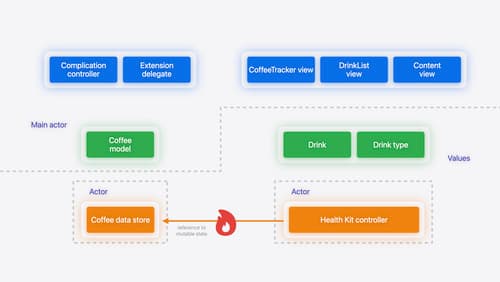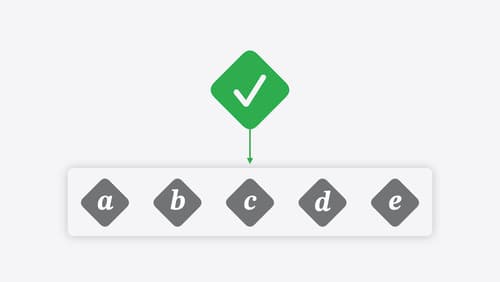How can I use async await in C++?
Asked on 2024-07-30
1 search
To use async and await in C++, you can follow a similar approach to what is used in Swift, but with C++'s own syntax and libraries. Here is a brief overview of how you can achieve asynchronous programming in C++:
-
Include the necessary headers:
#include <future> #include <iostream> -
Define an asynchronous function:
std::future<int> asyncFunction() { return std::async(std::launch::async, []() -> int { // Simulate a long-running task std::this_thread::sleep_for(std::chrono::seconds(2)); return 42; }); } -
Call the asynchronous function and wait for the result:
int main() { std::future<int> result = asyncFunction(); std::cout << "Waiting for the result..." << std::endl; int value = result.get(); // This will block until the result is ready std::cout << "Result: " << value << std::endl; return 0; }
In this example, std::async is used to run a lambda function asynchronously. The std::future object is used to retrieve the result of the asynchronous operation. The get method blocks the calling thread until the result is available.
For more advanced usage, you might want to look into libraries like Boost.Asio or the upcoming C++20 coroutines, which provide more powerful and flexible ways to handle asynchronous operations.
If you are interested in how Swift handles async and await, you can refer to the session A Swift Tour: Explore Swift’s features and design from WWDC 2024, which covers the basics of writing concurrent code in Swift, including tasks, async/await, and actors.

Migrate your app to Swift 6
Experience Swift 6 migration in action as we update an existing sample app. Learn how to migrate incrementally, module by module, and how the compiler helps you identify code that’s at risk of data races. Discover different techniques for ensuring clear isolation boundaries and eliminating concurrent access to shared mutable state.

A Swift Tour: Explore Swift’s features and design
Learn the essential features and design philosophy of the Swift programming language. We’ll explore how to model data, handle errors, use protocols, write concurrent code, and more while building up a Swift package that has a library, an HTTP server, and a command line client. Whether you’re just beginning your Swift journey or have been with us from the start, this talk will help you get the most out of the language.

Go further with Swift Testing
Learn how to write a sweet set of (test) suites using Swift Testing’s baked-in features. Discover how to take the building blocks further and use them to help expand tests to cover more scenarios, organize your tests across different suites, and optimize your tests to run in parallel.
